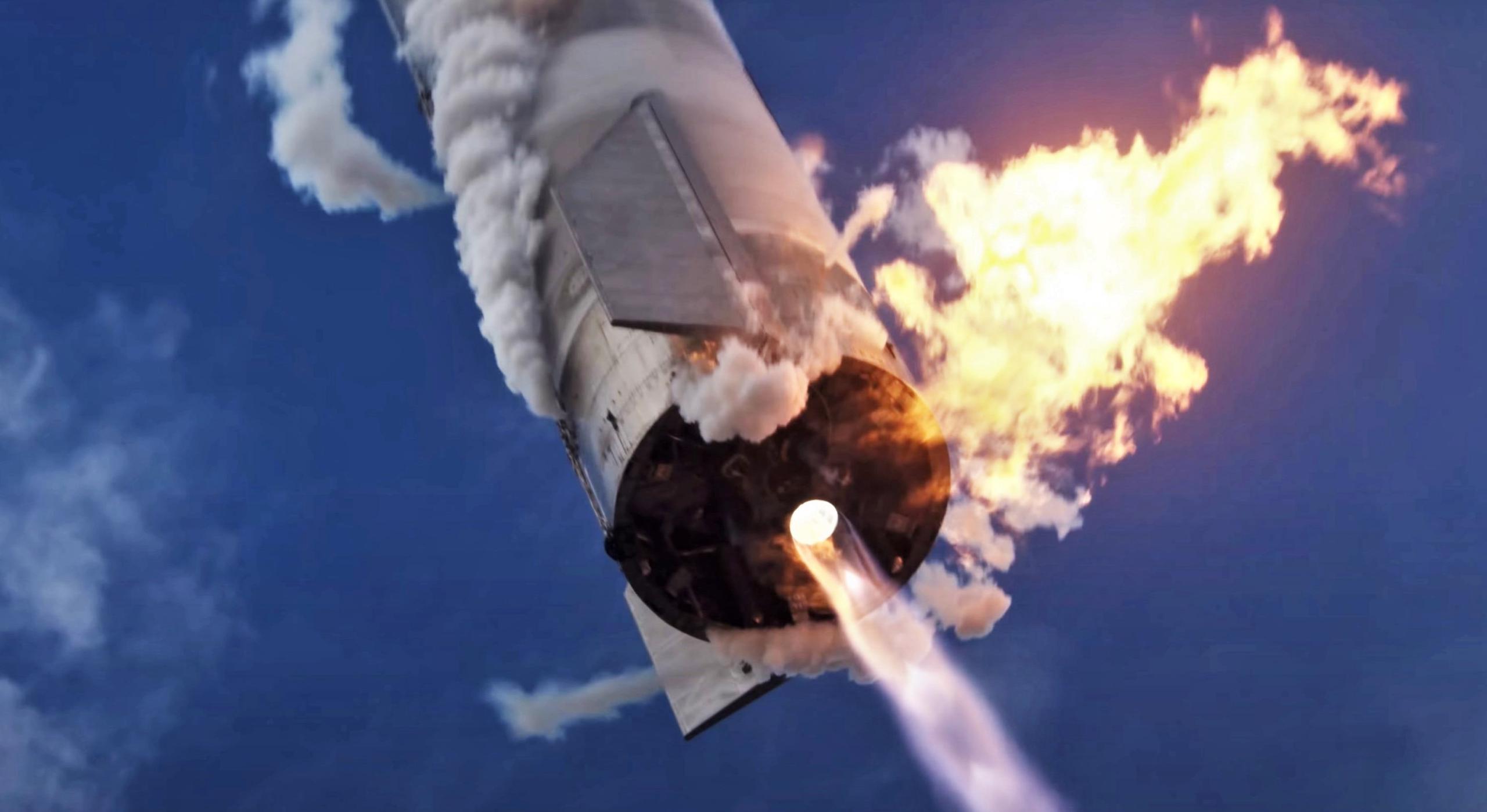Launch Preparations
Spacex starship launch 4 – The much-anticipated launch of SpaceX Starship 4 is imminent, marking a significant milestone in the company’s ambitious space exploration endeavors. This section delves into the technical specifications, launch pad infrastructure, and countdown procedures leading up to the launch.
Starship 4, the latest iteration of SpaceX’s Starship spacecraft, stands at an impressive height of 120 meters and boasts a diameter of 9 meters. Its massive size and advanced design are a testament to SpaceX’s commitment to developing a reusable and cost-effective transportation system for future space missions.
Launch System
The Starship 4 launch system comprises two primary components: the Super Heavy Booster and the Starship spacecraft itself. The Super Heavy Booster, a massive rocket stage, provides the initial thrust required to lift the Starship off the launch pad. Once the booster has completed its role, it separates from the Starship and returns to Earth for a controlled landing.
The Starship spacecraft, designed for both orbital and interplanetary travel, is powered by six Raptor engines that utilize liquid methane and liquid oxygen as propellants. Its spacious interior provides ample room for crew and cargo, making it suitable for a wide range of space exploration missions.
Launch Pad Infrastructure, Spacex starship launch 4
The launch of Starship 4 will take place from SpaceX’s Starbase facility in Boca Chica, Texas. The launch pad infrastructure includes a launch tower, a flame trench, and a deluge system.
The launch tower, standing over 140 meters tall, provides access to the Starship and Super Heavy Booster for pre-launch preparations and maintenance. The flame trench, located beneath the launch pad, diverts the intense heat and exhaust generated by the rocket engines during liftoff.
The deluge system, consisting of water cannons, is designed to suppress acoustic waves and protect the surrounding area from the intense sound produced by the rocket engines.
Countdown Procedures
The countdown to the launch of Starship 4 follows a precise sequence of events. Approximately 24 hours before liftoff, the propellant loading process begins. The Starship and Super Heavy Booster are gradually filled with liquid methane and liquid oxygen, which will fuel the rocket engines.
As the countdown reaches the final hour, a series of critical checks and verifications are performed to ensure the readiness of the launch system. The flight control team monitors all aspects of the Starship and Super Heavy Booster, ensuring that all systems are functioning within acceptable parameters.
With just minutes remaining, the launch director gives the final authorization for liftoff. The ignition sequence begins, and the six Raptor engines of the Super Heavy Booster roar to life, generating an immense thrust that propels the Starship and Super Heavy Booster off the launch pad and into the sky.
Mission Objectives and Payload: Spacex Starship Launch 4

The primary objective of the Starship 4 launch is to test the vehicle’s performance during a high-altitude flight and controlled descent. The secondary objective is to deploy the payload, which includes a variety of scientific experiments and technology demonstrations.
The payload for the Starship 4 launch consists of several scientific experiments and technology demonstrations, including:
Scientific Experiments
- Atmospheric Composition Experiment: This experiment will measure the composition of the Martian atmosphere at different altitudes.
- Radiation Measurement Experiment: This experiment will measure the levels of radiation exposure on the Martian surface.
- Microgravity Experiment: This experiment will study the effects of microgravity on human cells and tissues.
Technology Demonstrations
- Heat Shield Demonstration: This demonstration will test the effectiveness of the Starship’s heat shield during re-entry into the Martian atmosphere.
- Propulsion System Demonstration: This demonstration will test the performance of the Starship’s propulsion system during landing on the Martian surface.
- Guidance and Navigation Demonstration: This demonstration will test the accuracy of the Starship’s guidance and navigation systems during landing on the Martian surface.
The successful completion of the Starship 4 launch will provide valuable data for the development of the Starship, which is expected to play a major role in future space exploration and travel.
Launch Execution and Performance

The launch of Starship 4 commenced with the ignition of its powerful Raptor engines, generating an awe-inspiring spectacle. As the engines roared to life, the launchpad vibrated with immense energy, marking the beginning of Starship’s journey to space.
During the ascent phase, Starship 4 exhibited exceptional performance. The vehicle accelerated rapidly, reaching supersonic speeds within seconds of liftoff. Telemetry data revealed a steady climb in altitude, with the spacecraft exceeding the Karman line, the boundary between Earth’s atmosphere and space.
Speed, Altitude, and Acceleration
Starship 4’s ascent trajectory was characterized by a remarkable increase in speed, altitude, and acceleration. Within the first minute of launch, the spacecraft surpassed the speed of sound, reaching supersonic velocities. As it continued its ascent, Starship 4 steadily gained altitude, eventually exceeding 100 kilometers above Earth’s surface.
The spacecraft’s acceleration profile followed a parabolic curve, with the highest acceleration occurring during the initial stages of liftoff. As Starship 4 ascended, the acceleration gradually decreased due to the reduction in gravitational pull and the increasing drag forces.
Telemetry Data and Future Implications
The telemetry data collected during the launch of Starship 4 provides valuable insights for future missions. Engineers will meticulously analyze the data to evaluate the performance of the spacecraft’s systems, including the engines, avionics, and thermal protection.
This information will be crucial for optimizing the design and operation of future Starship vehicles, ensuring their safety and reliability during upcoming missions.